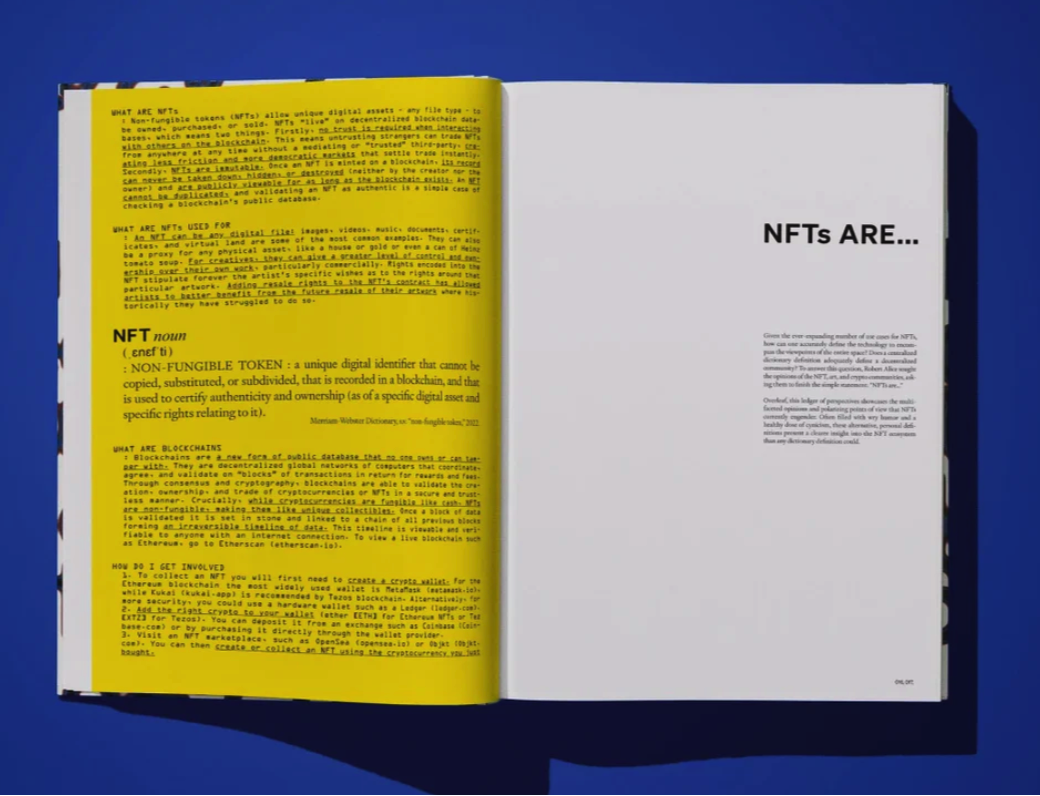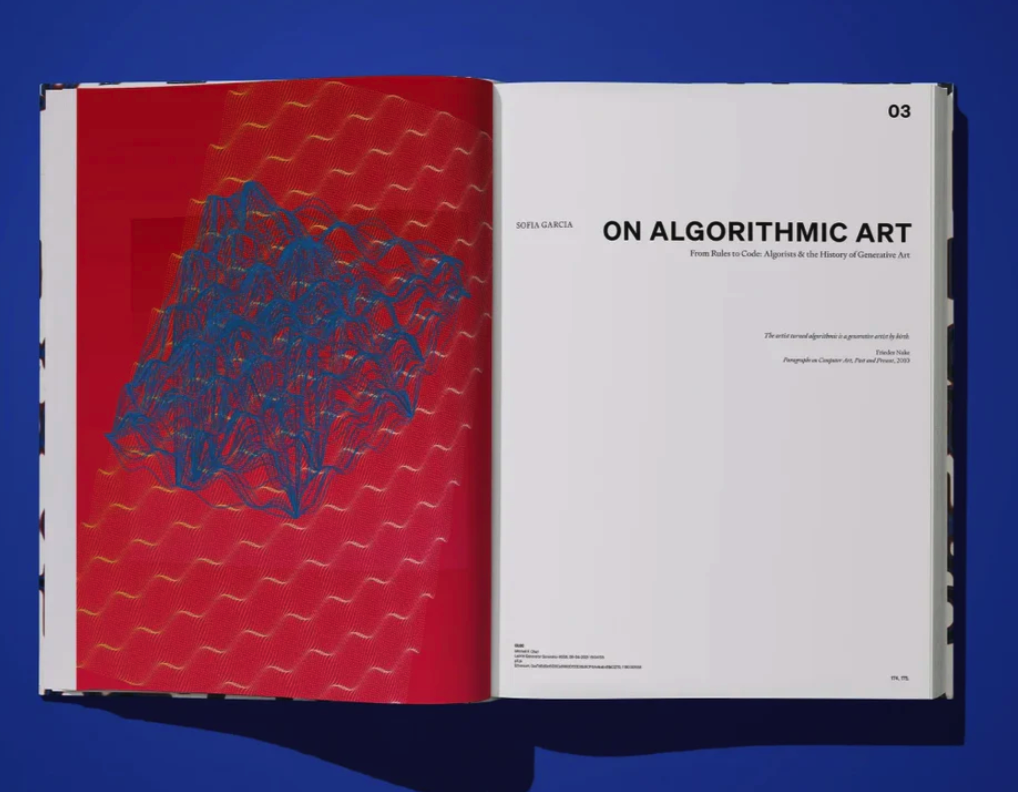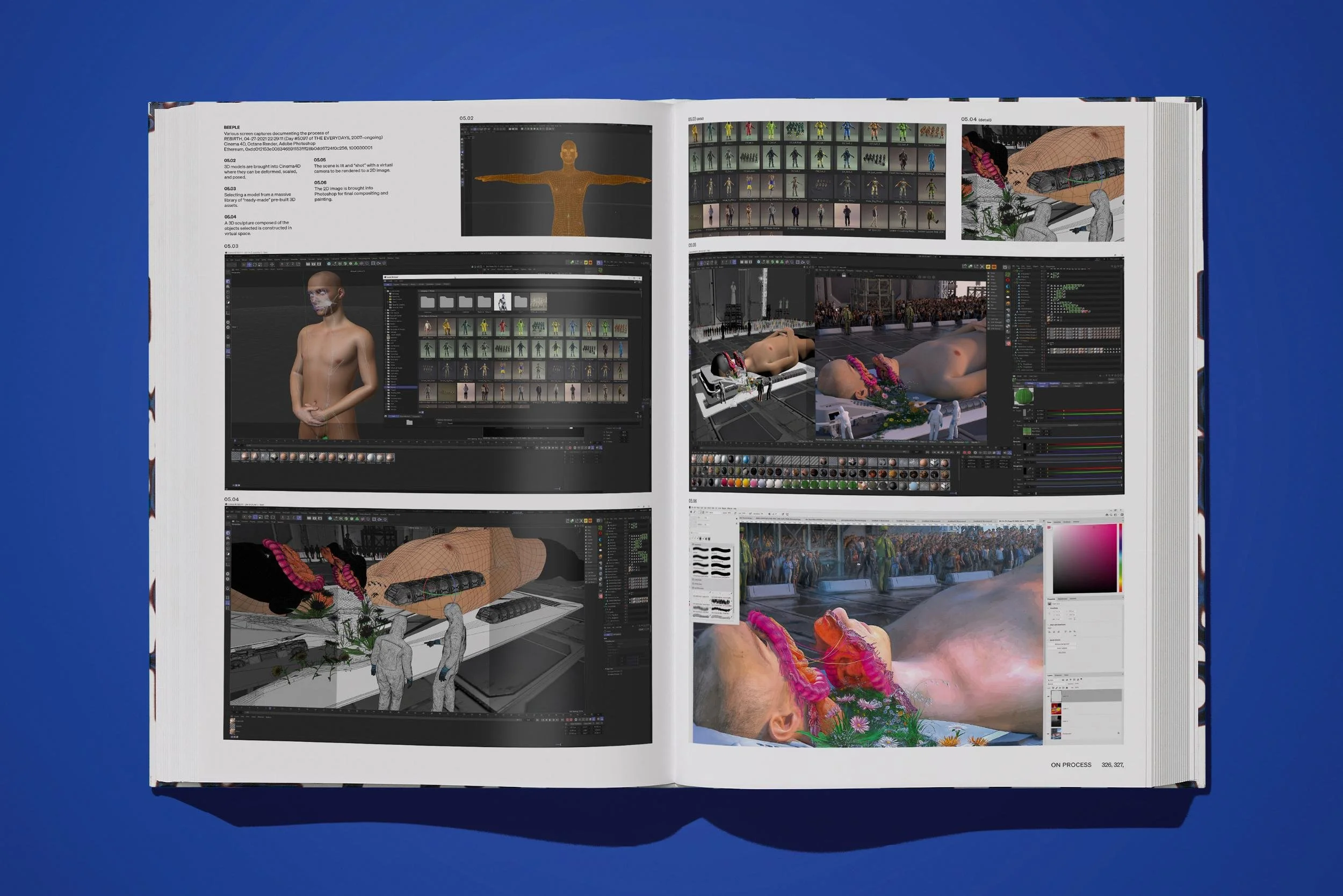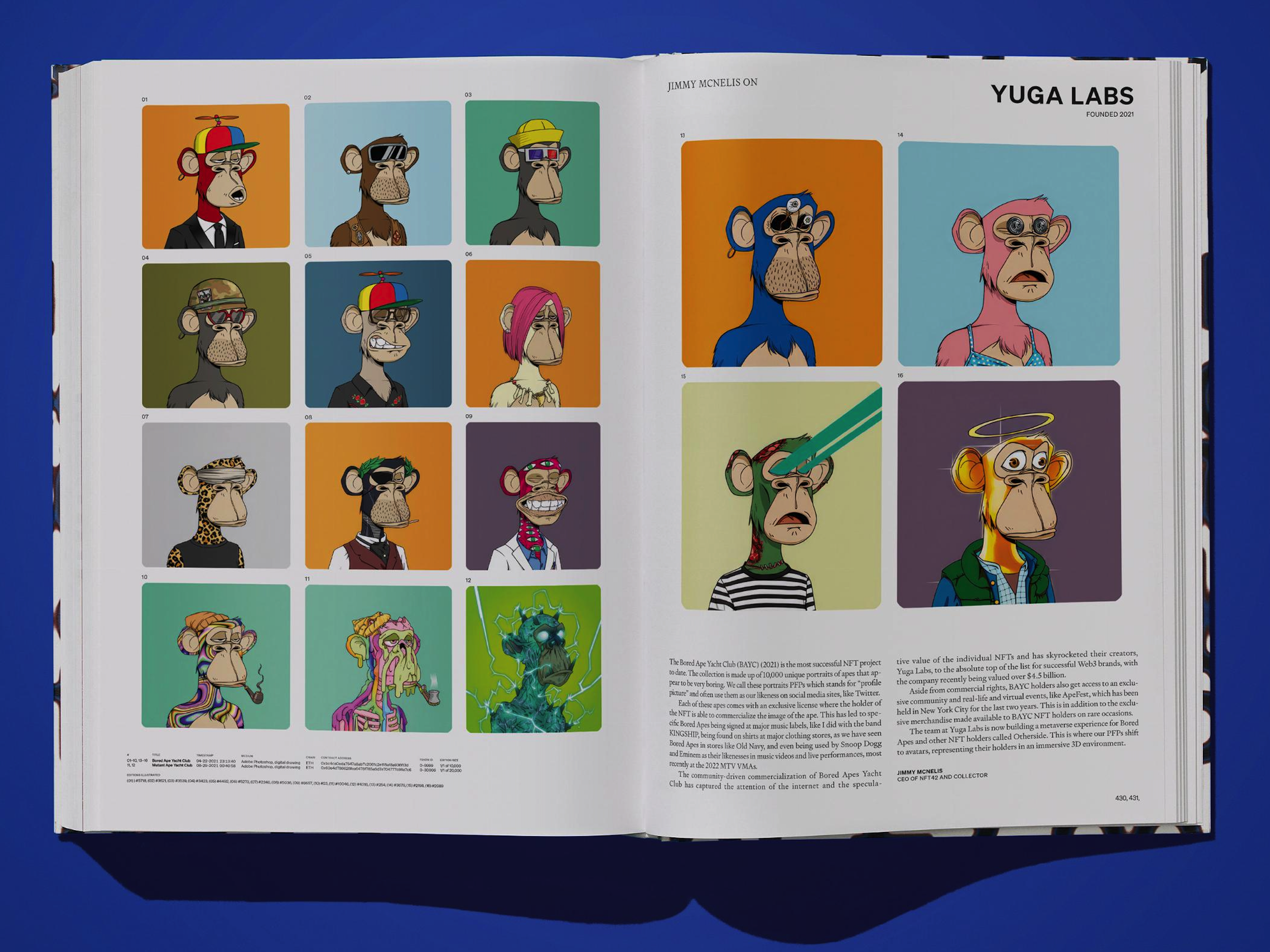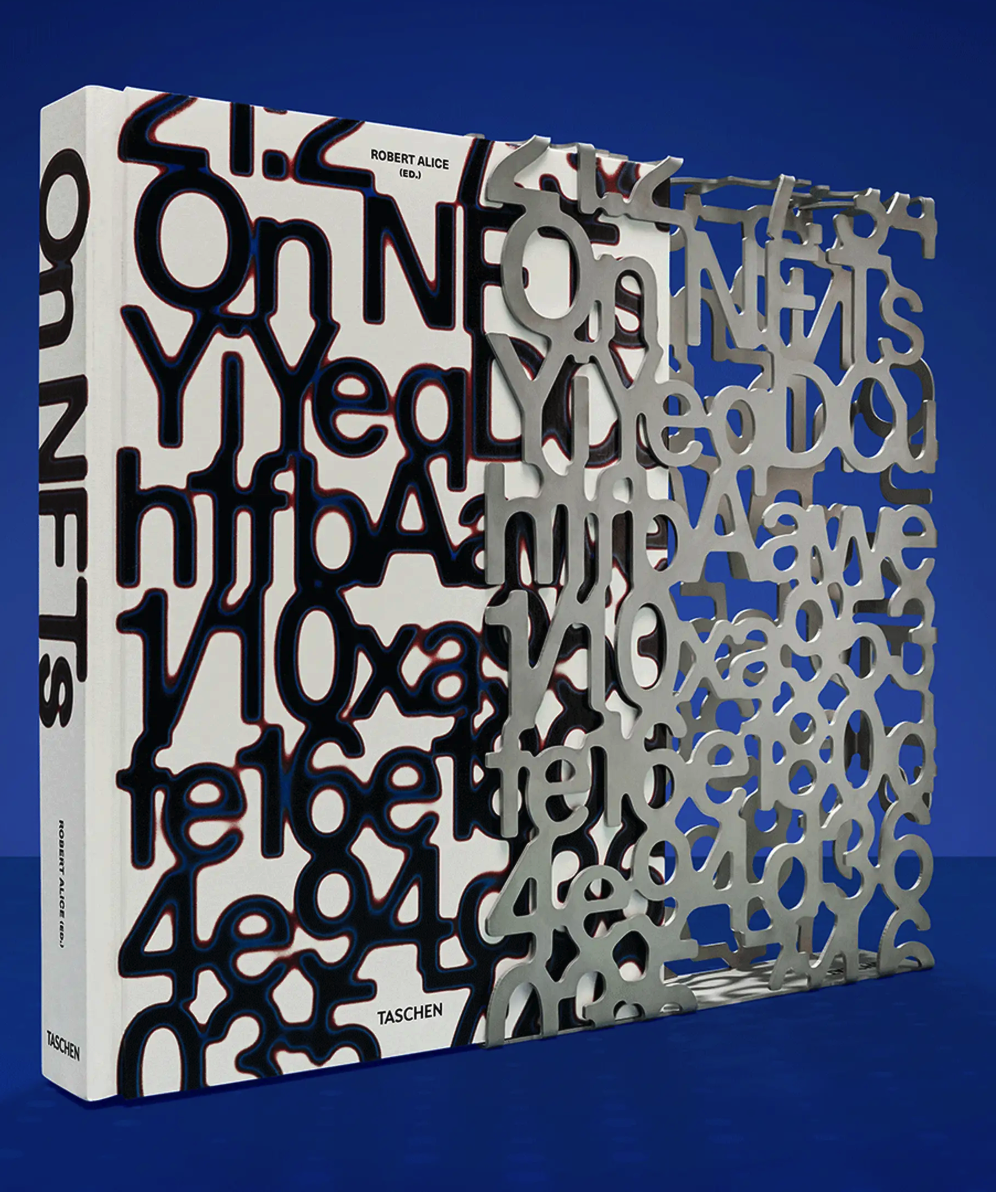AI + Art = New History
To those still protesting the inclusion of AI, Generative, and NFT imagery into the world of fine art, you are now historically out of luck.
On NFTs by Taschen, edited by Robert Alice
Taschen has just released On NFTs, edited by Robert Alice. The book includes ten "academic essays" and reviews 101 "key" artists, from the early pioneers to the most recent. As the first historical survey of computational art, the book will be a valuable resource to art world professionals and art loving audiences alike. It may even convince a few anti-AI’er to reconsider.
The academics featured in the book have poured the foundations that will support a new set of gates to enclose the artists they choose while barring those who don't fit their conceptual model.
Like them or not, gates and gatekeepers serve a purpose. The inner sanctum they establish helps to organize the random chaos of creative revolutions. The establishment builds them, but so do avant-garde movements that rise up to challenge the establishment.
The Impressionists, Dadaists, and Expressionists, to name a few, all developed their own standards. Closed systems help innovators focus their ideas. Moreover, the formidable gates that block outsiders serve as a convincing backdrop for their contrasting ideas and images.
For artists, gates can be a blessing. Being an insider improves their chances of landing gallery and museum exhibitions, prestigious employment, and passionate collectors. The support artists receive can improve their work and protect their legacies.
Gates have weaknesses, too. The desire to control resources causes stagnation and inbred thinking, both poisons that kill innovation and personal development. Gate keeping aside, all artists, gated or free, face the challenge of how to turn a blank page into a meaningful image.
To better understanding the art, it helps to know how it’s made. The book describes and illustrates the various creative processes involved, and highlights some of the aesthetic parameters. Because most computational art is materialized as a digital print, the 14.2” x 19.7” (baby sumo sized) book does a good job presenting the images.
Few 20th century art movements are directly relevant to the disconnected leaps of 21st century digital art. So, Alice, the book’s editor, has placed the work into a tech-centric timeline. Yet, it’s not the technology that makes computational art important, it’s the creative potential these new materials unleash.
Today, the Big A art world spends most of its energy propping up old masters and dated 20th-century ideas. The museums and galleries dedicated to showing tech-based work are often spectacular and well-attended, but they’re few and far between. I recently visited a prominent art fair and was surprised to find that only one of the ninety-three galleries exhibited tech-based art. This void, leaves the art public at a loss. By helping to legitimize and promote tech media, and giving computational artists of merit the respect they richly deserve, On NFTs has made history.
Thank you for your interest in AI + Art.
For more information or to purchase the book go to:
Thanks for reading AI + Art ! Subscribe for free to receive new posts and support my work.

